Gas Turbine Engine: Combustion, Thermal Efficiency, and Systems Overview
VerifiedAdded on 2023/06/03
|5
|938
|431
AI Summary
This article discusses the combustion process and thermal efficiency of gas turbine engines, as well as provides an overview of the lubrication, cooling airflow, and bearing support systems. It explains how combustors maintain a stable flame, how thermal efficiency varies with operating temperatures, and how the design of turbine blades enables higher combustion temperatures to be used without degradation of the blades.
Contribute Materials
Your contribution can guide someone’s learning journey. Share your
documents today.
1 out of 5
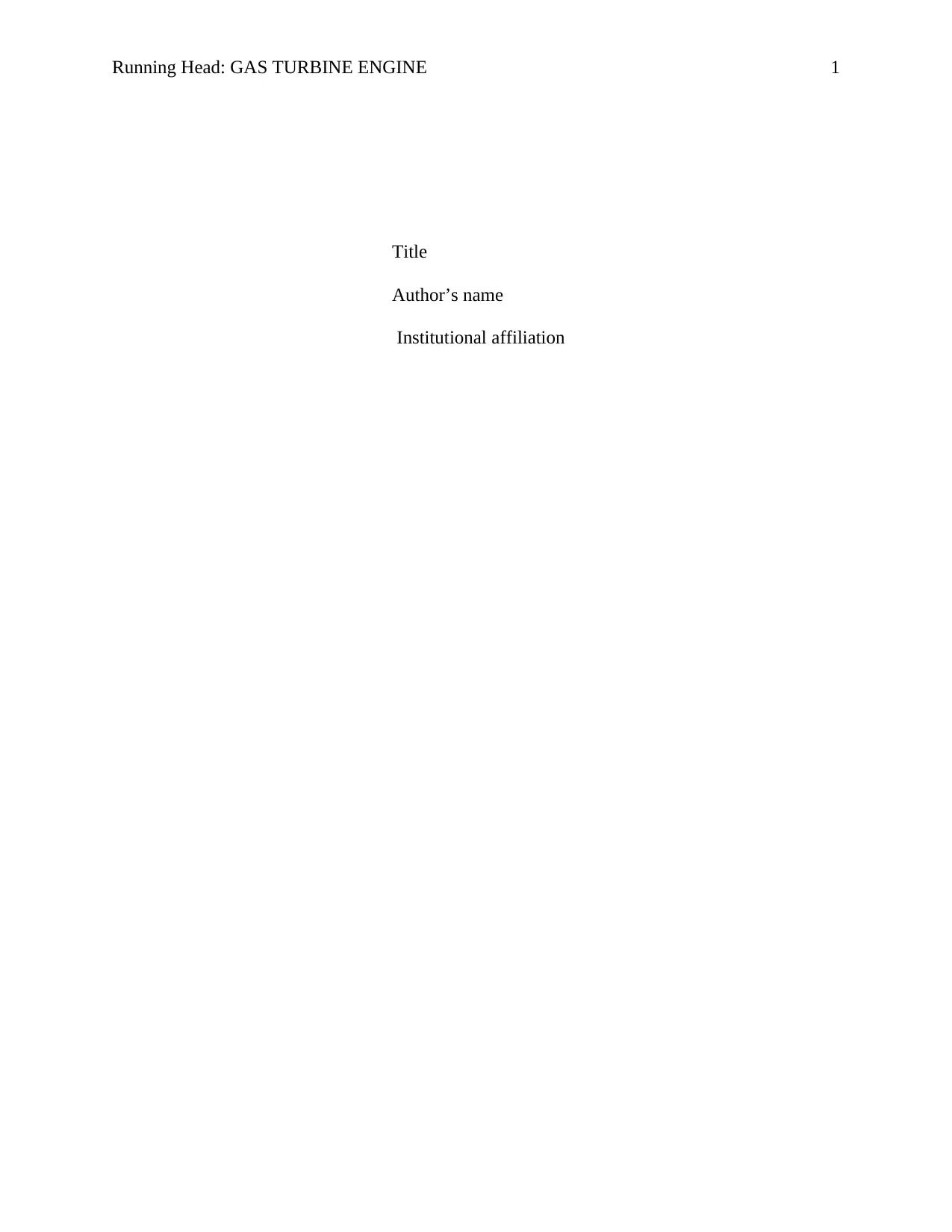
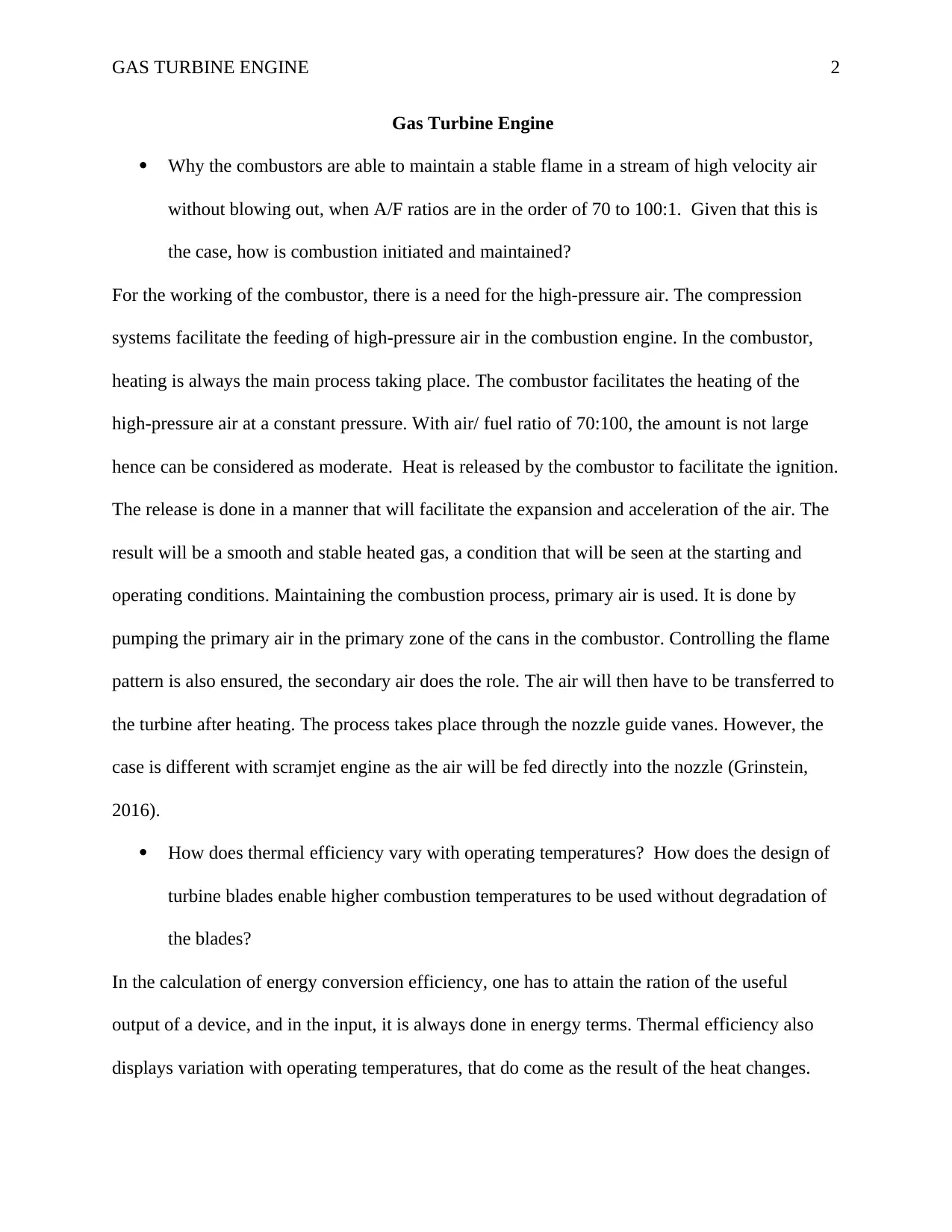
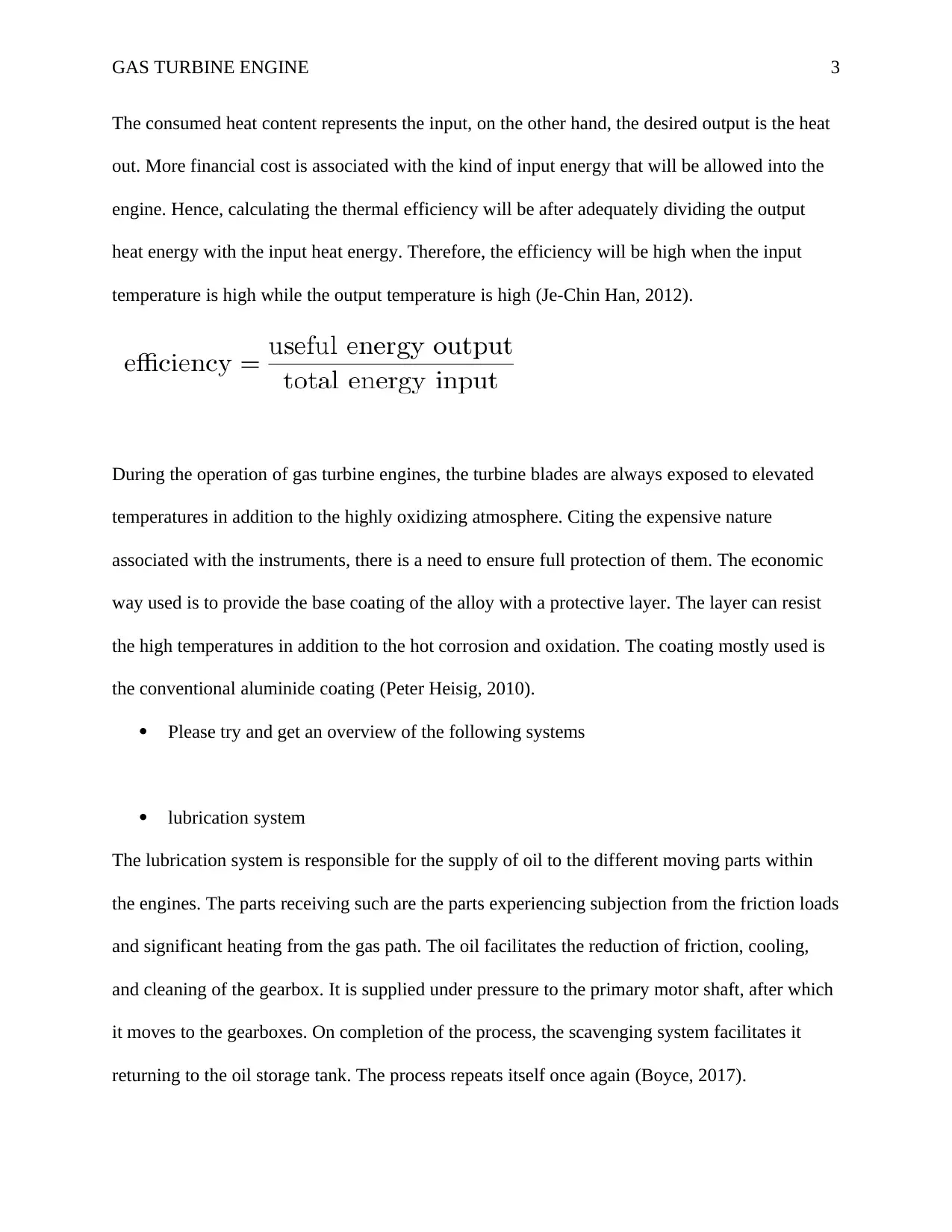
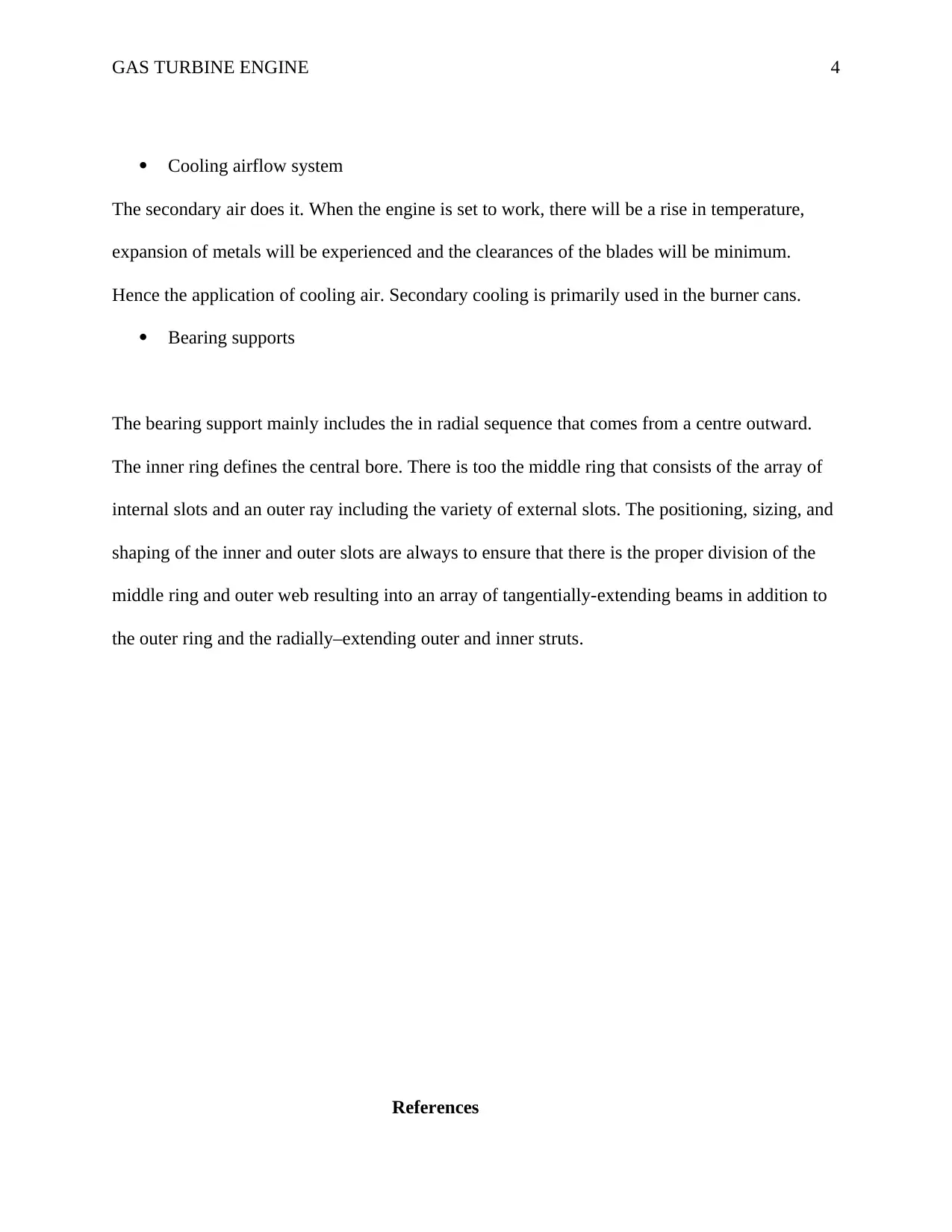
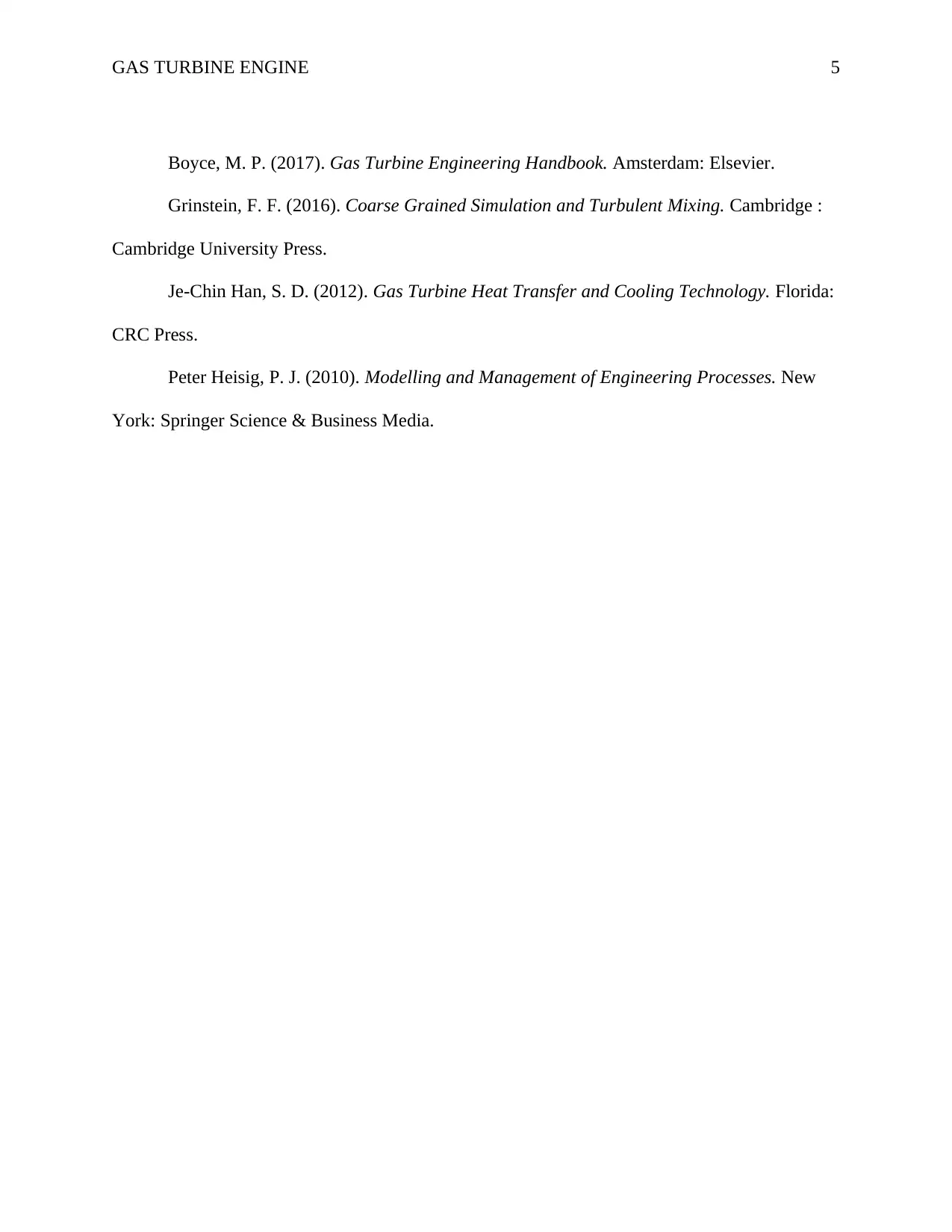






![[object Object]](/_next/static/media/star-bottom.7253800d.svg)